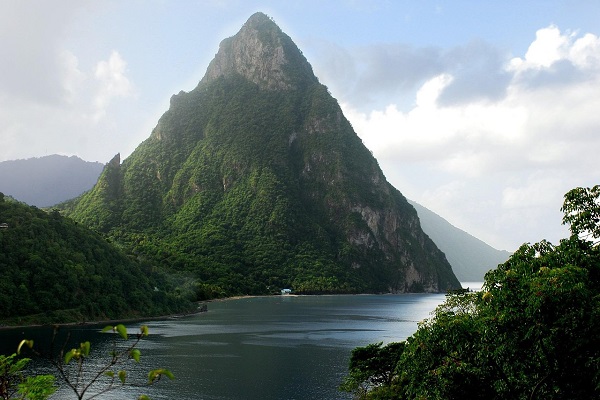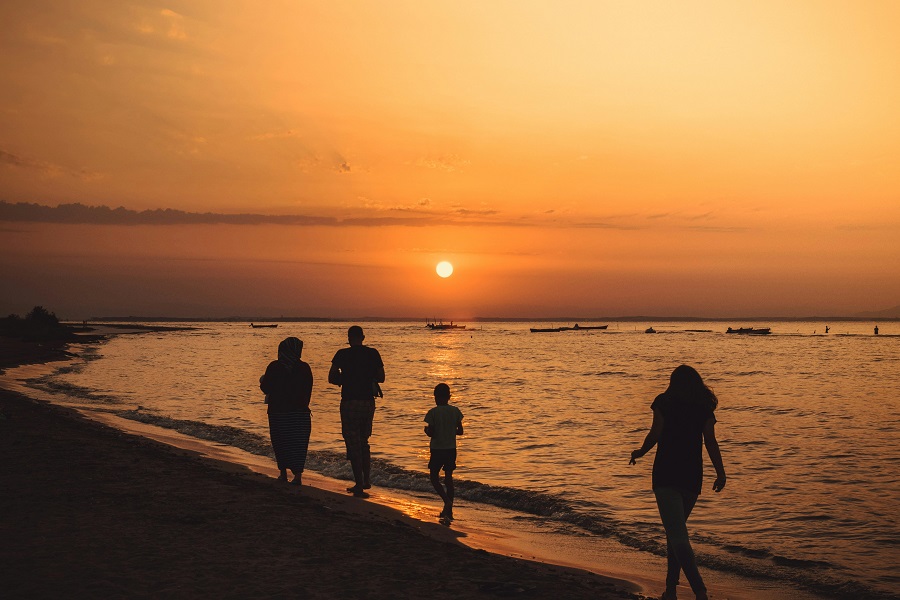Planning an Eco-Friendly Family Vacation: Travel Green, Bond Stronger

In a world where sustainability is more than just a buzzword, eco-friendly travel has become a meaningful way for families to explore the planet while protecting it for future generations. Planning an eco-friendly family vacation isn’t just about reducing your carbon footprint—it’s about teaching your children the value of environmental stewardship, supporting local communities, and making mindful choices. From choosing greener modes of transportation to staying in eco-conscious accommodations, every decision counts. Whether you’re camping under the stars, exploring nature reserves, or cycling through a scenic countryside, these travel experiences foster a deeper connection not only to the destination but also to each other. This article walks you through practical steps to create a trip that is fun, memorable, and environmentally responsible.
Article Body:
1. Why Go Green on a Family Vacation?
Travel has the power to inspire, but it can also have environmental consequences. Opting for an eco-friendly vacation means making choices that minimize harm to nature, preserve cultural heritage, and promote sustainable livelihoods. For children, it’s an opportunity to see first-hand how their actions can help protect wildlife, reduce waste, and conserve resources—lessons that last a lifetime.
2. Choose a Sustainable Destination
Start by picking destinations that actively promote eco-tourism. Look for places with protected national parks, community-led tourism projects, and strict environmental policies. Examples include Costa Rica’s rainforest reserves, Bhutan’s high-value, low-impact tourism model, or even local eco-resorts closer to home.
3. Opt for Green Transportation
Transportation is one of the largest contributors to carbon emissions in travel. Reduce your footprint by:
Taking direct flights where possible to cut fuel consumption.
Choosing trains, buses, or carpooling instead of multiple private vehicles.
Renting hybrid or electric cars for road trips.
Exploring destinations by walking, cycling, or using local public transport.
4. Stay in Eco-Conscious Accommodations
Many hotels and lodges are going green by using renewable energy, recycling water, and sourcing food locally. Check for certifications like LEED, Green Globe, or EarthCheck before booking. For a more immersive experience, consider eco-lodges, farm stays, or camping sites that encourage minimal waste and close interaction with nature.
5. Support Local Communities
An eco-friendly vacation also supports the social side of sustainability. Instead of buying mass-produced souvenirs, purchase handmade crafts directly from local artisans. Eat at locally owned restaurants that serve regional produce. Participate in community-led tours, which often reinvest earnings into environmental conservation.
6. Practice “Leave No Trace” Principles
Teach your children the basics of responsible tourism:
Take all trash back with you.
Avoid disturbing wildlife or picking plants.
Stick to designated paths while hiking.
Use reusable water bottles, utensils, and shopping bags.
7. Choose Activities That Connect with Nature
Eco-friendly travel doesn’t mean compromising on fun. Try activities like:
Wildlife watching with certified eco-guides
Kayaking in clean waterways
Bird watching in protected reserves
Participating in beach or park clean-ups as a family
These experiences create memories while reinforcing the importance of protecting the environment.
8. Involve the Kids in Planning
Make your children part of the planning process—let them choose eco-friendly activities or help pack reusable items. This involvement gives them a sense of responsibility and makes them more excited about sustainable travel.
Conclusion
An eco-friendly family vacation is more than just a trip—it’s a shared commitment to protecting the planet while enjoying its beauty. Every step you take toward greener travel—whether big or small—can have a lasting positive impact on the environment and on your family’s values. By traveling mindfully, you’ll create stories worth telling, memories worth cherishing, and lessons worth passing on.
























